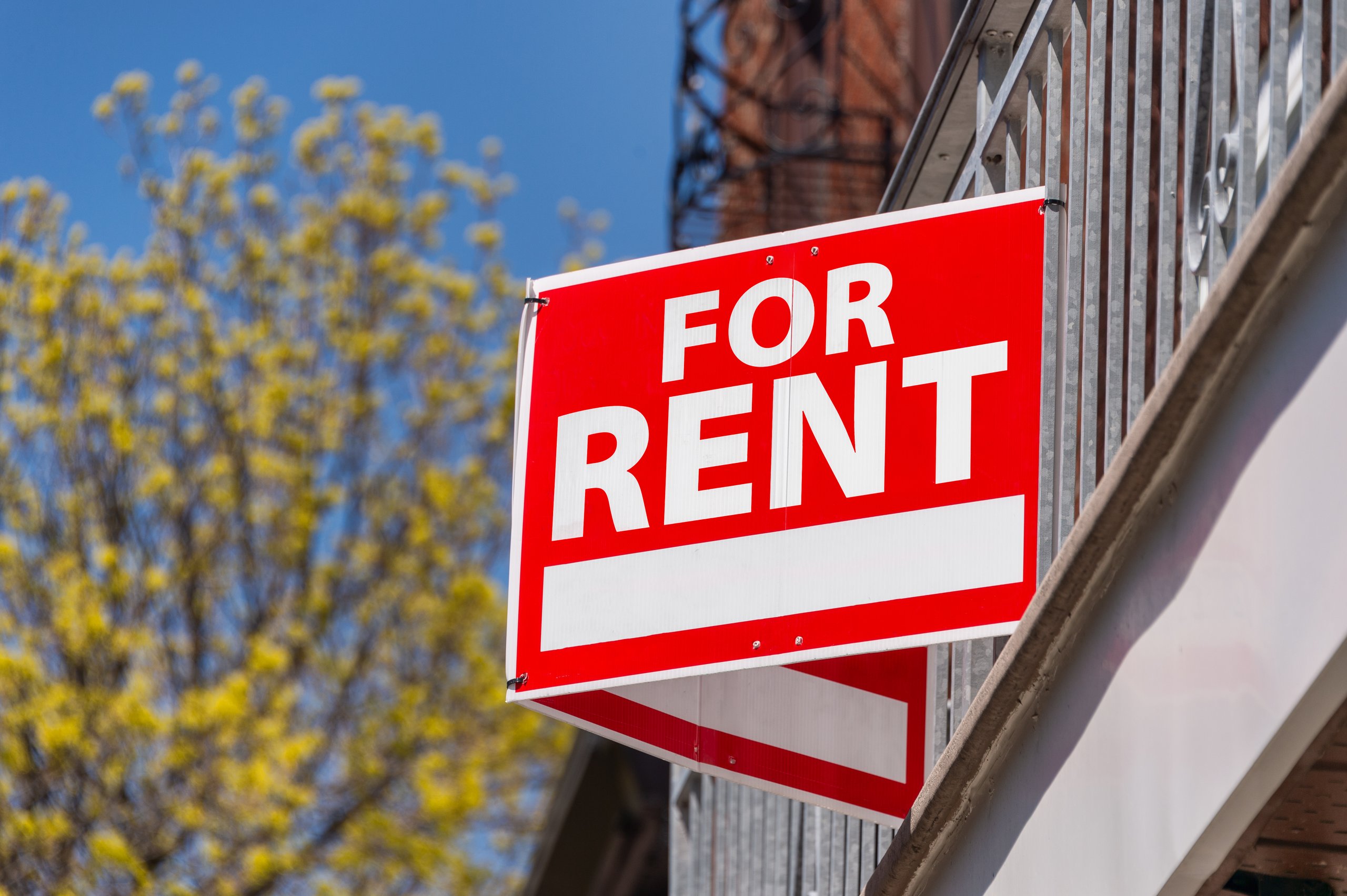From seasonal lets in ski resorts to year-round tenancies in the cities, Canada’s rental market gives owners plenty of choice – but each province and territory has its own rules. Here’s what you need to know about deposits, rent increases and landlord responsibilities before you hand over the keys.
If you own a Canadian home that sits empty for part of the year, renting it out can be a practical way to make it work harder for you – whether that’s welcoming holiday guests or securing a longer-term tenant. The finer details differ across provinces and territories, but every landlord in Canada shares the same core responsibilities: having a clear written lease, meeting local safety and property standards, and keeping the home well maintained throughout the tenancy.
Before you start marketing your property or adjusting rent, check the latest guidance from your provincial or territorial authority. The summary below outlines the key national principles and links to each region’s official rules.
Download the Canada Buying Guide
Contents
The essentials every Canadian landlord should know

Use a written lease and include the right details
While verbal leases are valid in Canada, we recommend a written lease to protect both you and your tenant. Include the rent in Canadian dollars, names and contact details for both parties, the term and renewal rules, who pays which utilities, house rules (for example, pets or smoking) and how either party can end the tenancy.
Meet safety, zoning and habitability standards
Before move-in, ensure the property complies with local bylaws, fire safety and building rules. During the tenancy, you’re responsible for keeping it fit to live in and for timely repairs. Provinces provide plain-English handbooks outlining these duties – Alberta’s RTA handbook is a good example – and many also provide inspection report templates you can complete with the tenant at move-in and move-out.
Know your local rules on deposits and rent increases
Security deposits and rent-increase rules differ by province/territory. Some set annual rent-increase limits; others don’t cap the amount but do set timing and notice requirements. Some jurisdictions pay interest on deposits or require you to lodge them with a government office. Use the quick-reference table below, then follow the official link for the fine print and current year’s figures.
Quick-reference by province and territory
| Province/territory | Deposits at a glance | Rent increase basics |
|---|---|---|
| Alberta | Security deposit allowed; interest rules apply; use RTA inspection reports | No % cap; increase only after required time and notice under the RTA |
| British Columbia | Security deposit up to ½ month’s rent (pet deposit allowed) | Annual increase limited by the province; 12-month spacing and 3 full months’ notice |
| Manitoba | Security deposit allowed; interest rules; branch provides forms | Guideline set annually by the Residential Tenancies Branch; notice rules apply |
| New Brunswick | Security deposit system overseen by the Rentalsman | Notice periods required; see Rentalsman for forms and timelines |
| Newfoundland & Labrador | Security deposit limits by tenancy type; interest payable | Notice rules vary by reason; official guides and forms available |
| Northwest Territories | Security and pet deposits allowed; interest credited annually | Increase limits and notice set by the Act; Rental Office can advise |
| Nova Scotia | Security deposit max ½ month’s rent; lodge and return per programme rules | Annual allowable rent-increase system for certain tenancies; prescribed notice |
| Nunavut | Deposit up to one month’s rent; interest credited at a Bank of Canada-linked rate | Timing and notice set in the Act; check latest consolidation |
| Ontario | Rent deposit (last month’s rent) and key deposit rules; mandatory Standard Lease | Guideline set annually (most units); 90 days’ written notice; once every 12 months |
| Prince Edward Island | Security deposit permitted; return timelines and interest set in regulations | Rent-increase rules, notice and forms set by the province |
| Quebec | No security/damage deposit; mandatory TAL (Tribunal) lease form | Rent setting follows TAL criteria; specific process and timelines apply |
| Saskatchewan | Security/pet/key deposits permitted within limits; trust account rules | No % cap; once every 12 months with required written notice; ORT oversees |
| Yukon | Security deposit allowed; interest paid annually; mandatory condition inspection | No % cap; not in first 12 months; then once per year with 3 months’ notice |
Note: Rental regulations, including limits on rent increases, are updated regularly. Always refer to the official provincial or territorial resources listed below for the most current information and full legal requirements.
Where to find the latest rental rules for your province or territory
Use these official pages as your first port of call when you’re preparing a lease, planning an increase or returning a deposit:
- Alberta: Residential Tenancies Act + handbook (Service Alberta)
- British Columbia: Residential Tenancy Branch – Rent increases
- Manitoba: Residential Tenancies Branch – Rent increase guideline
- New Brunswick: Office of the Rentalsman – rights, responsibilities and deposits
- Newfoundland & Labrador: Residential Tenancies (Service NL) – guides, forms, deposit interest rates
- Northwest Territories: Residential Tenancies Act and Rental Office
- Nova Scotia: Residential Tenancies Programme – forms, Standard Form of Lease, deposit process
- Nunavut: Residential Tenancies Act (official consolidation and deposit interest rule)
- Ontario: Provincial rent-increase rules (guideline) and LTB notices
- Prince Edward Island: Rental of Residential Property Act – regulations (deposits, timelines)
- Quebec: Tribunal administratif du logement – mandatory lease and guidance
- Saskatchewan: Office of Residential Tenancies and government rent-increase page
- Yukon: Government guidance on rent increases and deposit/inspection rules
Practical tips that save headaches later
Do a joint condition inspection – in and out
Walk through with your tenant at move-in and move-out, noting the state of each room and any furnishings. Use your province’s template where provided and keep signed copies for your records. Many jurisdictions expect or require this step and some tie deposit decisions to it.
Keep increases predictable and compliant
Even in provinces without a percentage cap, you must respect minimum time between increases and give proper written notice on the right form. In capped provinces, the annual limit and the notice period both apply. Always check the current year’s figure before serving notice.
Return deposits correctly
Where deposits are allowed, follow the statutory timeline, include any required interest and use the prescribed form if you’re making a claim. This is tightly policed in places like Nova Scotia and New Brunswick.
Summary
Renting out your property in Canada – whether as a short-term holiday home or a long-term investment – can be a smart way to generate income, but it comes with legal responsibilities that vary across provinces and territories. Every landlord must ensure the property meets safety and zoning standards, use a clear written lease and understand the limits on deposits and rent increases where they own.









